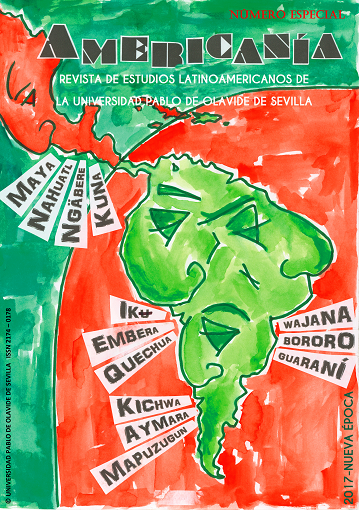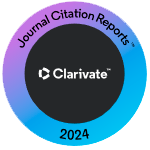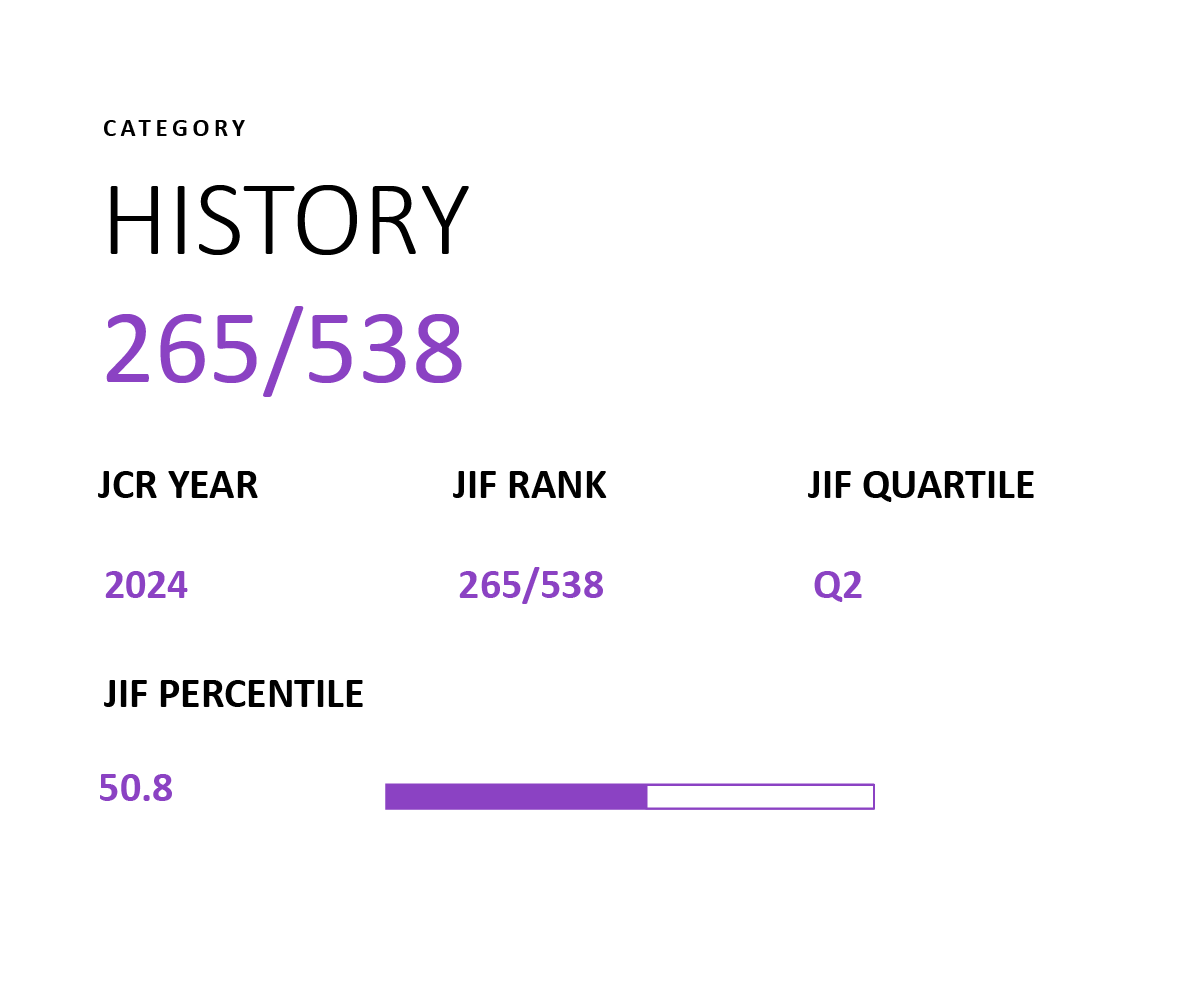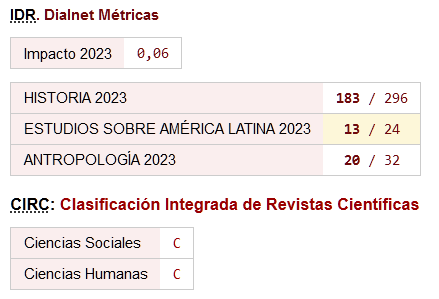Dachi Bedea Aire Kürasakabu
Palabras clave:
Drua Emberá San Lorenzo, Chiandai maude awadatai emberaras chi Emberá Chamí, Dachi bedea, Embera bedea, Dachi irumena kirisiadaiResumen
Jaibana jarisuasidebura toci chi embera bedea maude awa bú chi danaba jaradiabaridebura ichi biteda edadudeda, chi drua maude chi bedeas chi emberademena. Naude awa juakirure chi emberaras yatadebema chi furedemenas junuabari chi Abya Yala, maude chi organizaciones emberademena, chi charras, chi choraras, chi dawarauraras maude joma emberaras kirisiadafeda jarasidau ächi awa jonoadai maude chi bedeasida alla jidaudai. Maude diadai chi Emberá irumena neburui chi sakayua awatajonuabari chi emberara nación emberademena chi ächia awa emberaka awa buadaya: chi tradicióndebema, chi druademena maude chi bedeairumena. Chi Emberá junuma waubudaude chabudaudauchia neburadai chi embera ïrumena sakayua awa awatajunu chi Emberá Chamí maude chi Emberá Sasabida irumena chi San Lorenzo demena, choroadai chi dachi furu beadaikajunudeba, nau foyarabesita chi colonizaciónkaureba maude june jaibaredemena.
La lengua materna nació con el soplo de la vida del Jaibana y se mantiene gracias a la transmisión de generación en generación desde el vientre materno, el territorio y las voces de la comunidad. Ella encierra gran parte de la esencia de los pueblos ancestrales del Abya Yala, por esto las organizaciones indígenas, los líderes, los Mayores y la comunidad han decidido pervivir en el tiempo conservando y recuperando el Emberá bedea. Compartiremos la historia de lucha y resistencia indígena de la nación Embera por conservar la esencia de su ser: las tradiciones, el territorio y la lengua. Será un recorrido polifónico con la comunidad en donde les contaremos la lucha del pueblo Emberá Chamí y los Emberás Sasabidas de San Lorenzo, al enfrentar el exterminio de nuestro pueblo, que ha estado enfermo por la colonización y sus nuevas formas de dominación.
The Emberá language and mother tongue is born with the breath of the Jaibana, or native doctor, and is sustained by transmission generation to generation from the womb, territory, and community voice. It is the heart of the ancestral peoples of Abya Yala, their native organizations, leaders, elders, and communities, all of whom have survived for millennia by preserving (and in some instances recovering) the ancient Emberá language. Here we share the history of struggle and resistance mounted by the Emberá nation, which guards the core of its being in the form of traditions, territory, and language. We embark on a polyphonic tour and recount the tenacity of the Emberá Chamí and Emberá Sasabidas of San Lorenzo, peoples confronting extermination, peoples made sick by the scourge of colonization and new associated forms of domination.
Descargas
Datos de publicación
Perfil evaluadores/as N/D
Declaraciones de autoría
- Sociedad académica
- Universidad Pablo de Olavide
- Editorial
- Universidad Pablo de Olavide
Descargas
Publicado
Cómo citar
Número
Sección
Licencia
Salvo indicación contraria, todos los contenidos de la edición electrónica se distribuyen bajo una licencia de uso y distribución “Creative Commons Reconocimiento-No Comercial-CompartirIgual 4.0” (CC-BY-NC-SA). Puede consultar desde aquí la versión informativa y el texto legal de la licencia. Esta circunstancia ha de hacerse constar expresamente de esta forma cuando sea necesario.
En cualquier caso, los autores conservan todos los derechos sobre los textos publicados.











